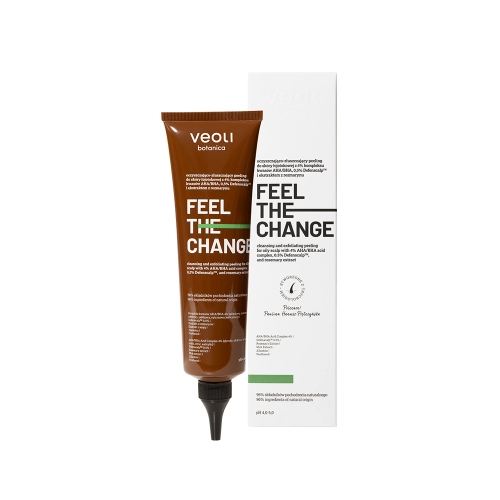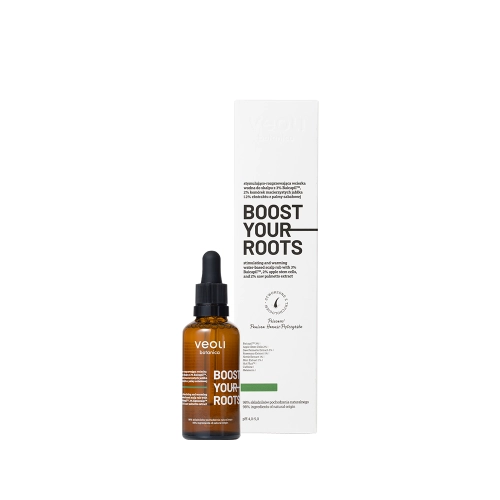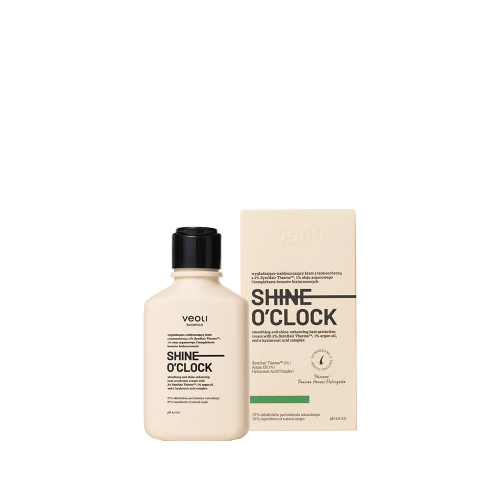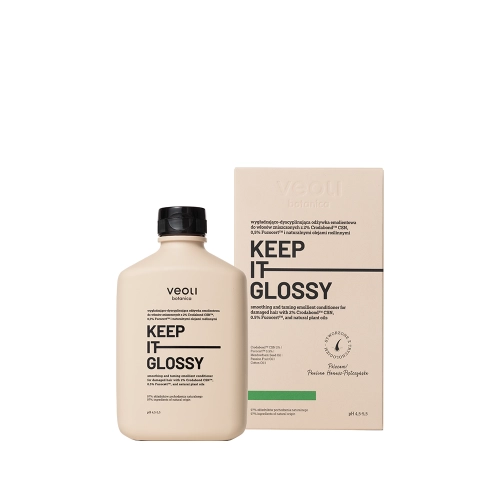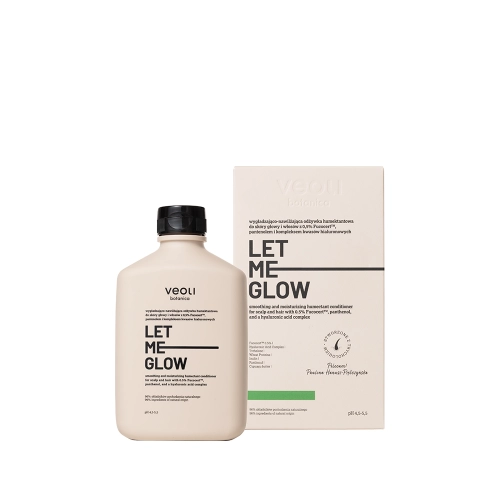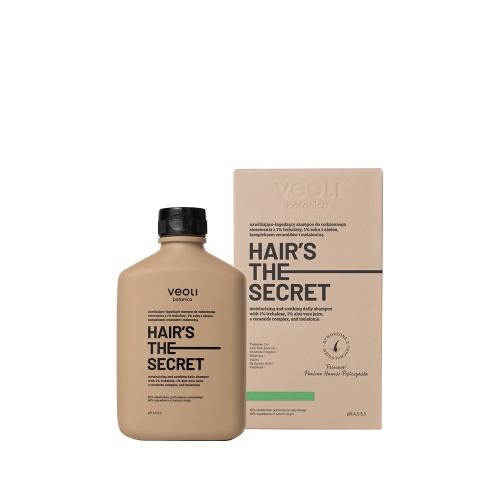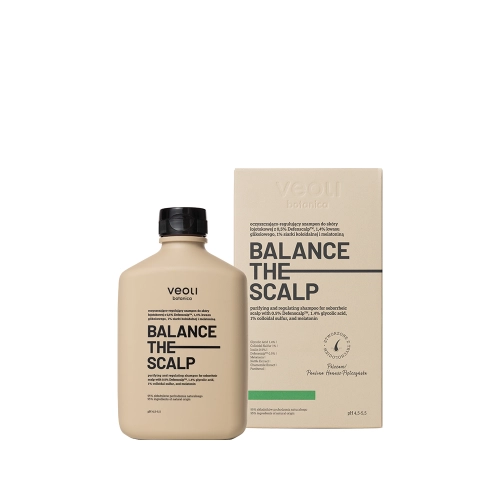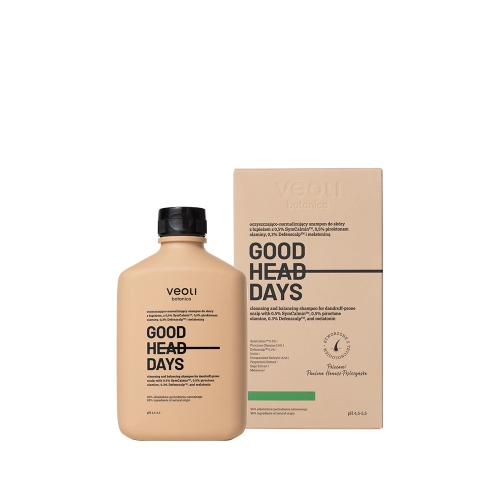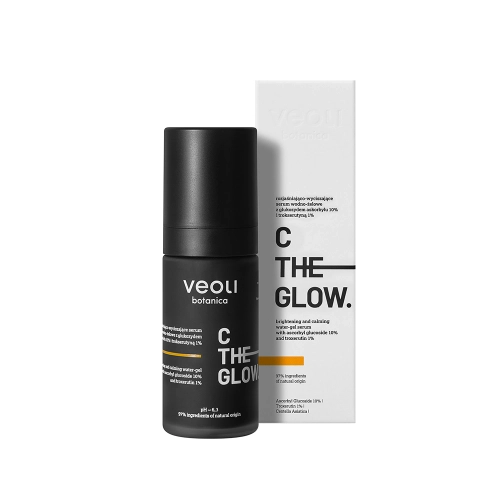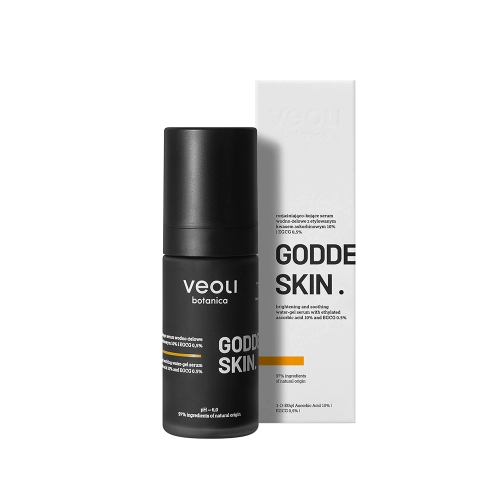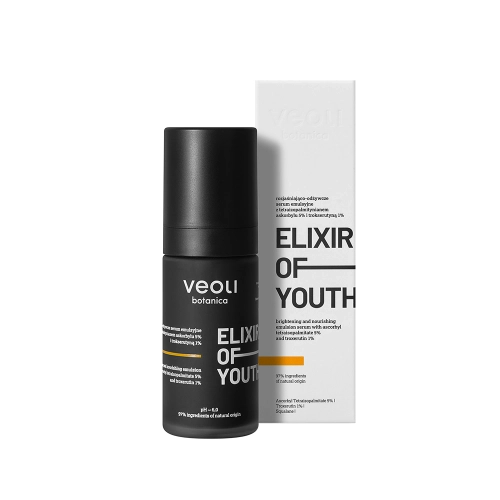Which form of vitamin C is best?
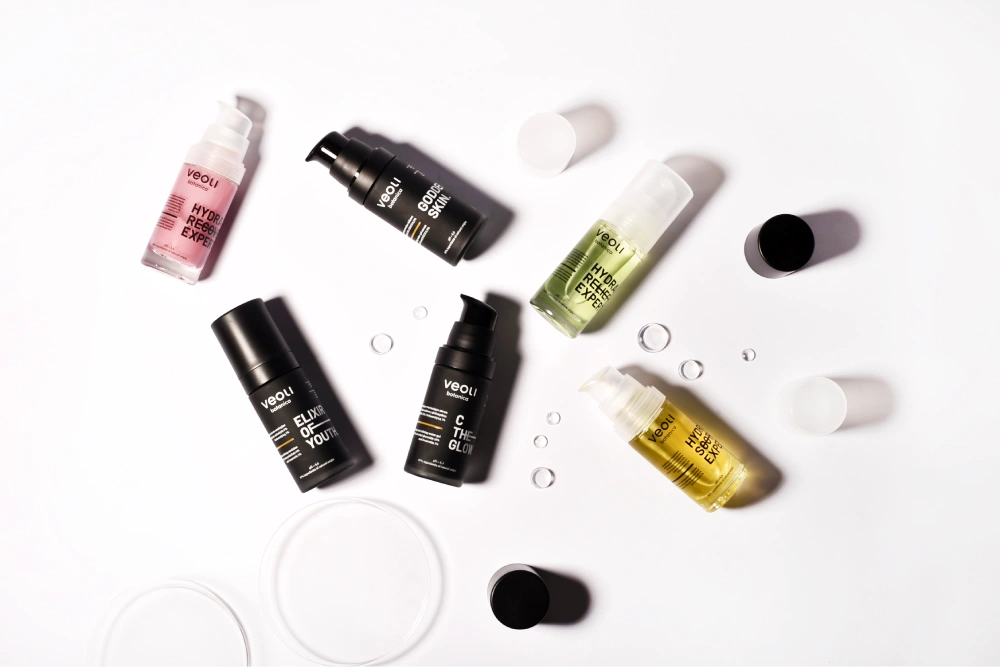
You can read this text in 5 minutes.
The different forms of vitamin C were created for a reason, and it all starts with the basic one, pure ascorbic acid (INCI: Ascorbic Acid). This is the simplest option and the raw material itself is not expensive, but it requires some gymnastics from technologists and users, hence the beauty industry has come out to meet the expectations of consumers and found very interesting solutions.
The basic form of vitamin C – Ascorbic acid
Pure ascorbic acid – as it is an acid – for high effectiveness requires a low pH, e.g., in the region of 2.5-3.5, which makes its use problematic for many skins. In the first weeks of getting used to it, the skin may experience:
- irritation,
- redness,
- dryness,
- or even a rash of imperfections.
I often catch my clients on this skincare "mistake", who want to lighten red and pink acne marks with vitamin C – and end up with a new rash and marks. Importantly, this form does not lighten acne discoloration, so if you are looking for a solution to this problem – this is not the way to go.
Ascorbic acid in a concentration of more than 10% nicely lightens hyperpigmentation, in which there is pigment, i.e. those brown, beige (pink and red acne hyperpigmentation do not contain pigment, they are a remnant of inflammation in the skin), also works well for so-called smoker's skin (graying skin with wrinkles) and supporting the action of sunscreen, or anti-wrinkle action and theoretically will slightly brighten vascular skin.
In conclusion – this form will work well for people with pigmentation blemishes and wrinkles with resistant, thicker skin (and a person who does not mind the short expiration date and possible storage in the refrigerator), but personally, with my charges I reach for it really rarely.
But the world doesn't end with ascorbic acid! Technologists have met consumer expectations, developing forms of vitamin C with reduced irritant potential, greater durability and stability of the final product, and thus with increased cosmetic efficacy. The use of vitamin C has become more enjoyable!
A mild and effective form – Ascorbyl Glucoside
In the vitamin C family, the following deserves a special place in my heart ascorbyl glucoside (INCI: Ascorbyl Glucoside), which hides in the shadow of the most modern and effective forms of vitamin C.
In this case, the ascorbic acid molecule stabilized by a molecule of glucose (yes, sugar) releases gradually in the skin under the action of an enzyme present in the skin, α-glucosidase. Slow penetration minimizes its irritant potential. With this treatment, ascorbyl glucoside retains all the properties of pure ascorbic acid without irritation.
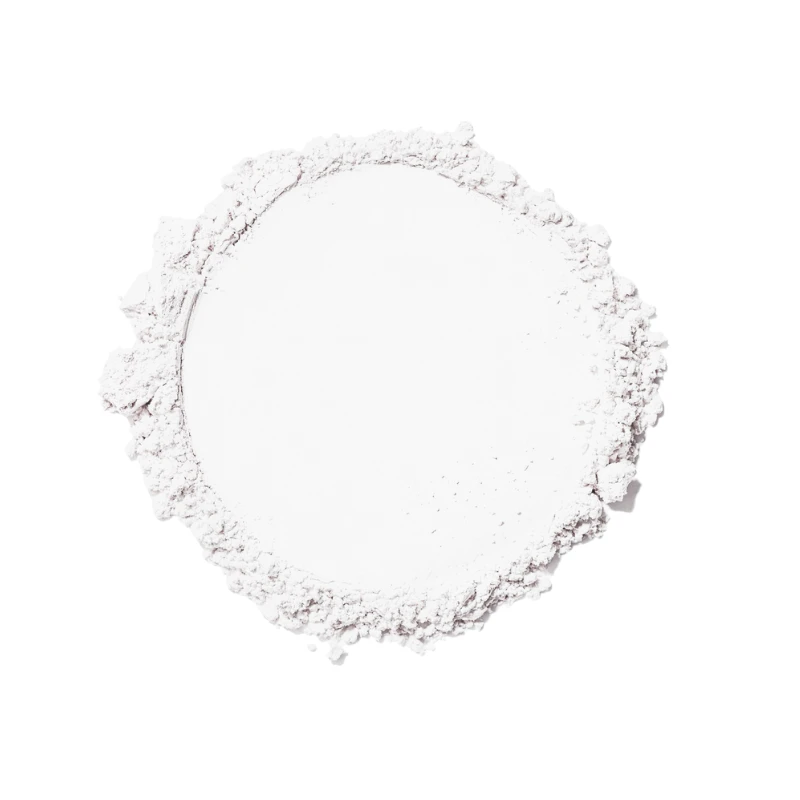
Personally, I think that this form handles blemishes less well, than pure Ascorbic Acid, but is probably the best form of vitamin C for vascular skins and with rosacea (especially if placed in a physiological pH and accompanied by other ingredients for vascular skins). Dilated capillaries, erythema, rosacea – these are probably the most common problems of my subjects – that's why this form is so close to my heart and I would like to distinguish it from the forms that have recently gained much more publicity.
Ascorbyl glucoside no longer requires a lowered pH (although there are products on the market with significantly reduced pH), is stable, does not need to be kept in the refrigerator, and should no longer cause side effects like pure ascorbic acid.
Where to find this form of vitamin C that I like? In the latest brightening and calming water-gel serum with ascorbyl glucoside 10% and troxerutin 1% C THE GLOW.
Reduces erythema and redness, improves skin tone, brightens and soothes, and protects against free radicals and photo-aging.
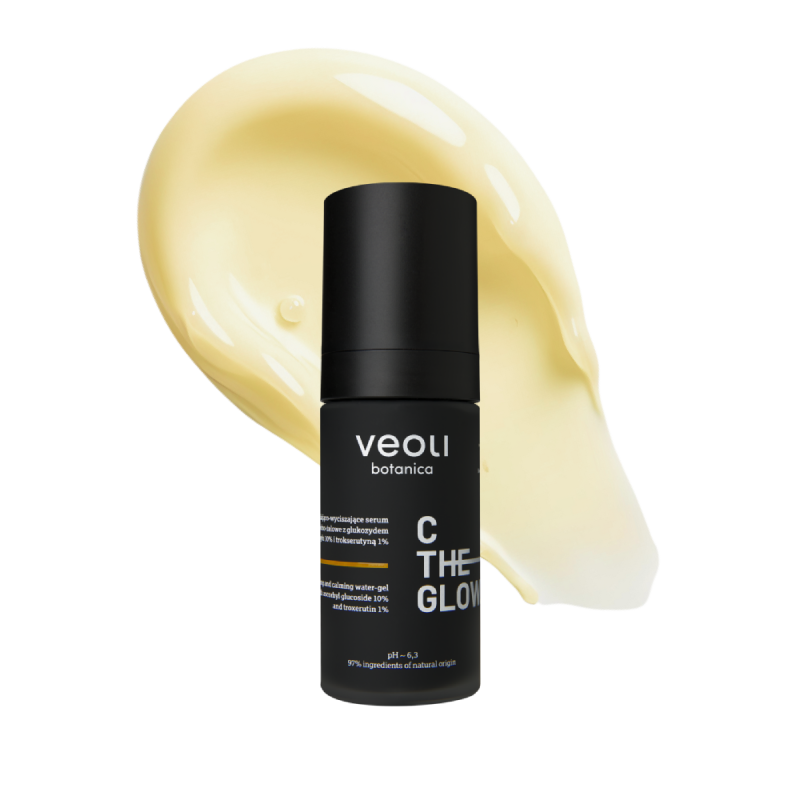
Lipid power of vitamin C – Ascorbyl tetraisopalmitate
One of my favorite tongue-breakers – ascorbyl tetraisopalmitate (INCI: Ascorbyl Tetraisopalmitate) – is a unique form of vitamin C, in oil form. It has a high affinity for the lipid layer of the skin, and thus has high bioavailability.
In a stable emulsion formulation demonstrates effectiveness as low as 2% concentration! It is perfectly tolerated by the skin, so there is no question of irritation or the following rash. Does not require reduced pH, because the oil has no pH (only aqueous solutions). It will work for any skin type, but ascorbyl tetraisopalmitate is most often associated with mature skin, with hyperpigmentation, wrinkles, but also if accompanied by redness and dilated capillaries.
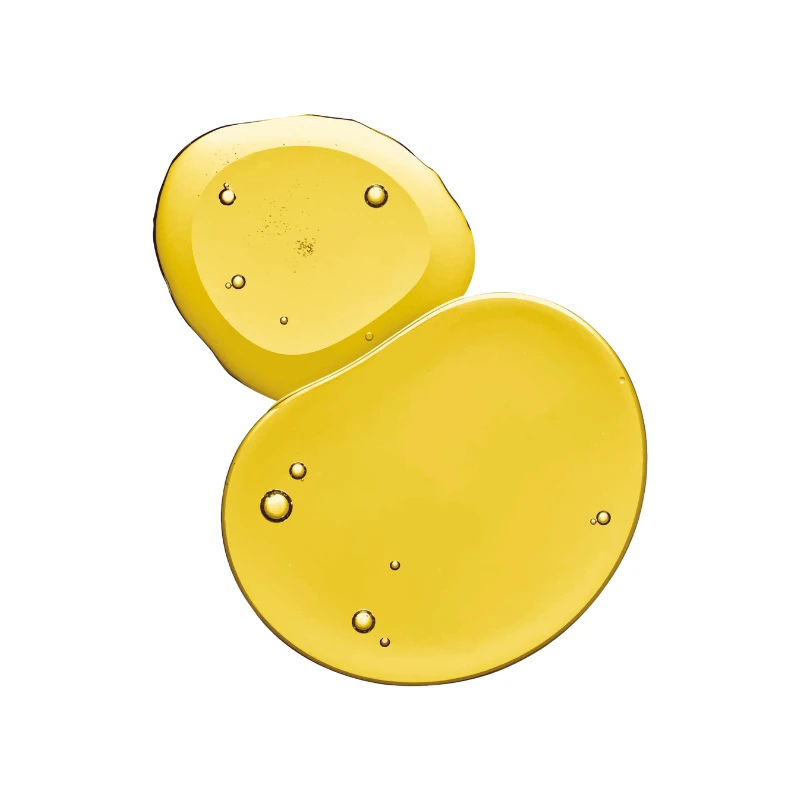
It is one of the two most effective and stable forms of vitamin C. At the same time, it is one of the very expensive raw materials, unlike serums with pure ascorbic acid, here the price will be much higher. It can be placed in very light emulsions, which will also be suitable for use in morning care, or skin prone to imperfections. It is not only found in oils or thick formulas.
Speaking of "tetra," you'll find this easy-going ingredient in 1 of 6 exclusive, premiere products - a brightening and revitalizing emulsion serum with ascorbyl tetraisopalmitate 5% and troxerutin 1% ELIXIR OF YOUTH, which smooths wrinkles, lightens pigmentation discoloration, reduces redness and protects against free radicals and premature skin aging.
ELIXIR OF YOUTH serum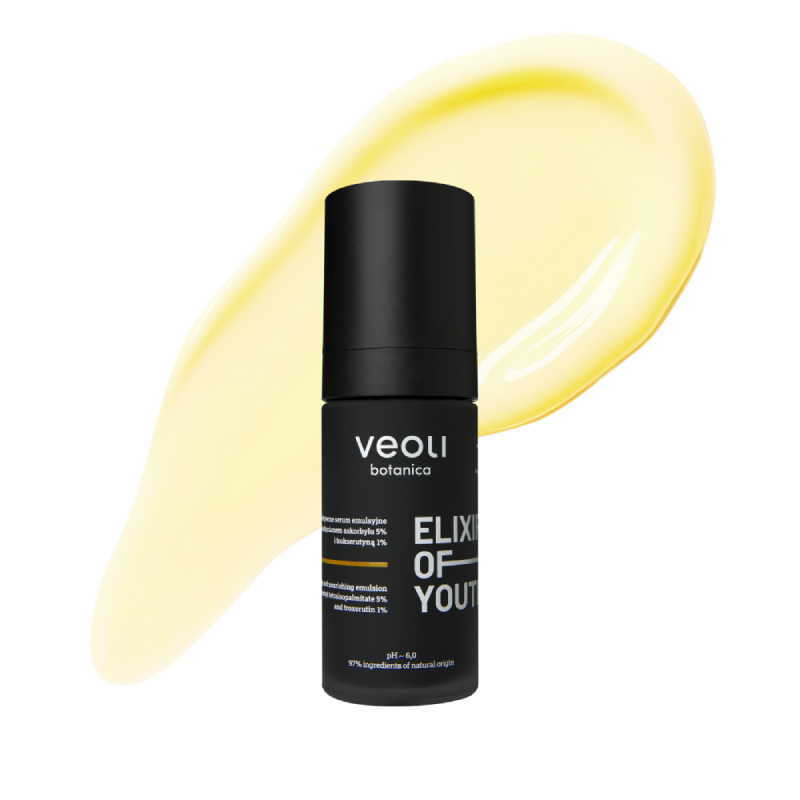
Effectiveness and depth of action – Ethylated ascorbic acid
Leading the way along with ascorbyl tetraisopalmitate is ethylated ascorbic acid (INCI: 3-O-Ethyl Ascorbic Acid). It is one of the most stable and effective forms of vitamin C. In turn, this one is soluble in water, so it is usually placed in water-gel formulas, although it can also be found in emulsions and creams. Here, too, there will be no problem with skin sensitization or rash from irritation.
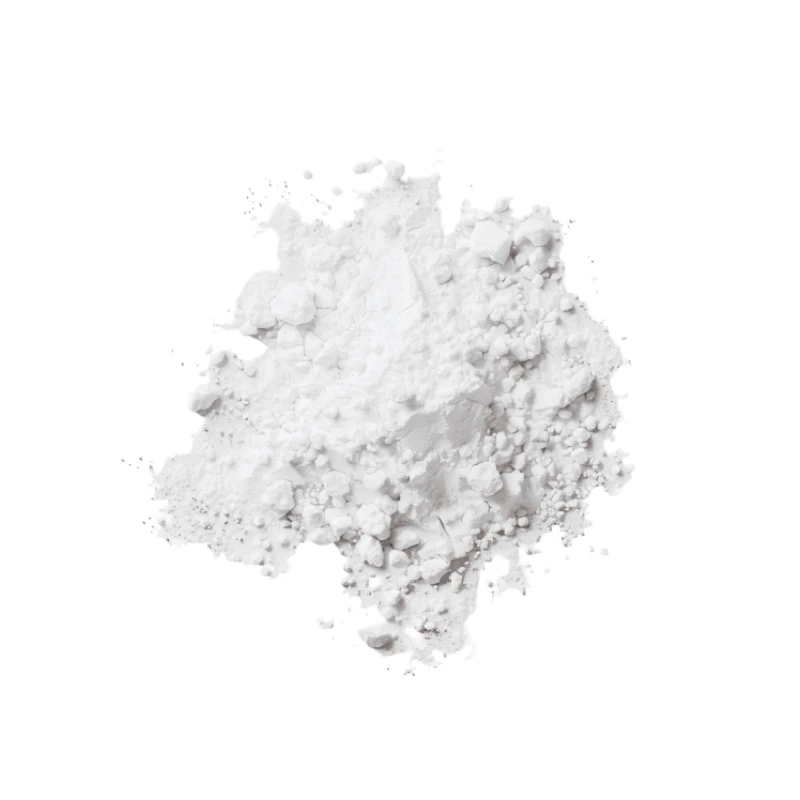
Ascorbic acid is stabilized in this case by adding to it an additional ethyl group. It shows good permeability, which of course ensures high efficiency. It even lightens older, established discolorations, and by inhibiting the process of tyrosinase in the skin (the process of hyperpigmentation), prevents further.
It also has the ability to reduce microinflammatory conditions, which will appreciate the skin with a tendency to active efflorescence, and at the same time it is the only form of vitamin C that I choose to lighten acne discoloration (pink, red, without pigment), if I do not rely on other ingredients, such as azelaic acid, or its derivative – azeloglycine.
This form will work for all types of skin – with hyperpigmentation, dilated capillaries that need brightening or anti-wrinkle support. Additionally, it will be appreciated by complexions prone to clogging and active breakouts.
You can find the ethylated form of ascorbic acid in our new product, which is a brightening and soothing water-gel serum with ethylated ascorbic acid 10% and EGCG 0.5% GODDESS SKIN, which improves skin tone, lightens pigmentation and acne discoloration, reduces redness and protects against free radicals and premature skin aging.
GODDESS SKIN Serum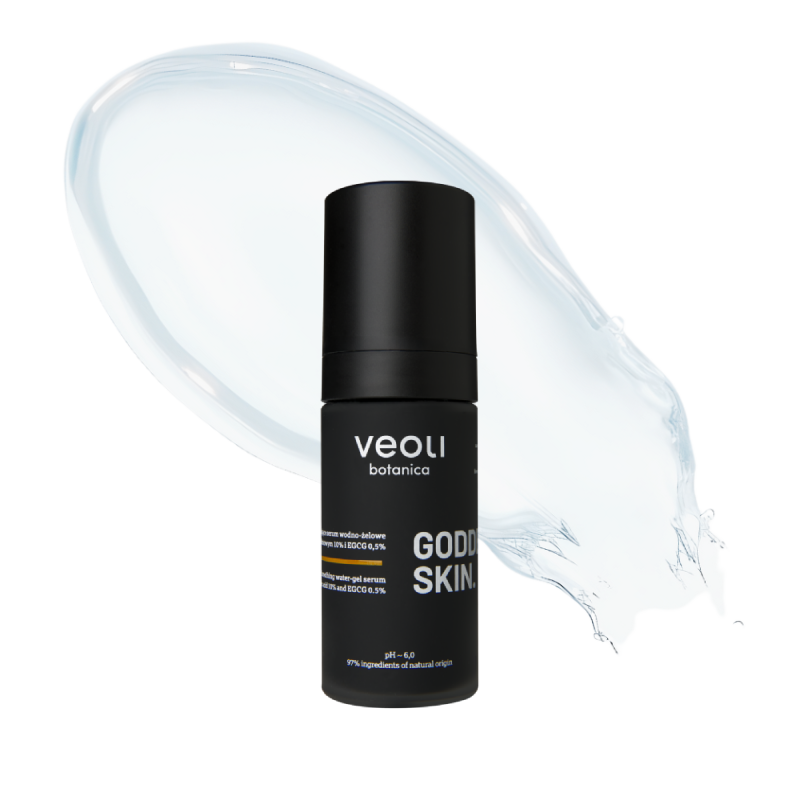
So, which form of vitamin C is best?
I'm not able to choose, it's like having to pick a favorite "baby"! Either form will work well for hyperpigmentation, wrinkles, graying skin, dilated capillaries, as well as for daily prevention and antioxidation, or use under sunscreen.
In my opinion, it is not possible to choose only one best form here. Each of them will be targeted at a slightly different problem, or the condition of the skin – although when it comes to ascorbyl glucoside, ascorbyl tetraisopalmitate and ethylated ascorbic acid – it's hard to make a bad choice, because they do their job, are stable and have a reduced irritant potential.
Author: Zuzanna Panuszewska
Certified Cosmetologist
Skincare Expert
konsultacje@veolibotanica.pl
